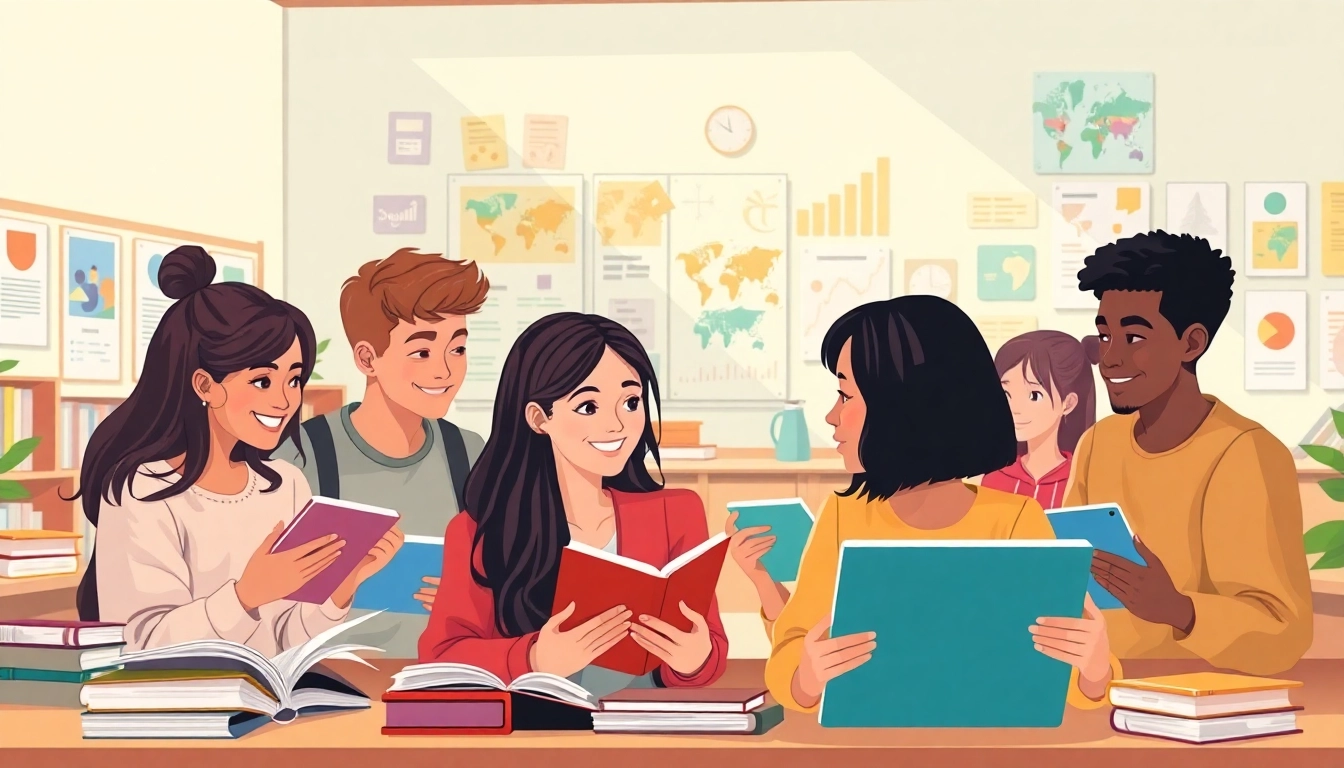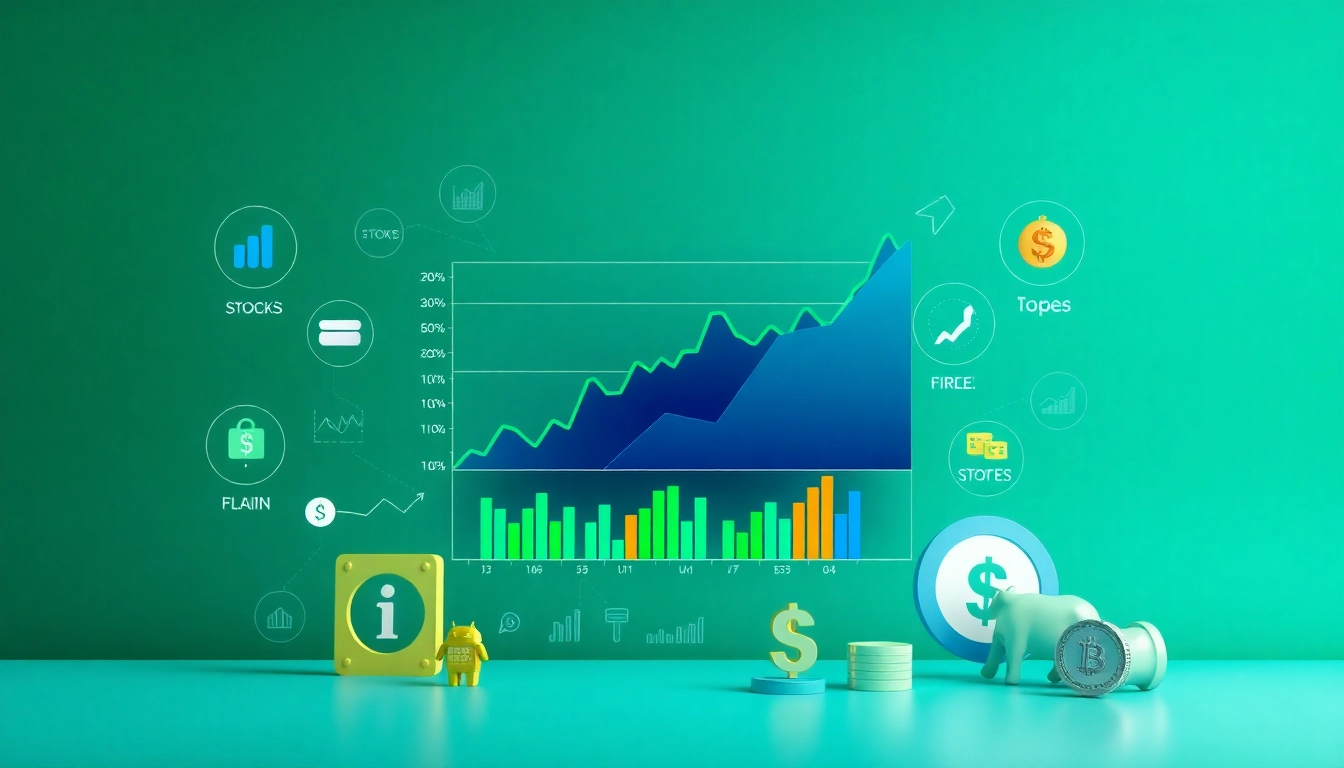Understanding Educational Resources
What Are Educational Resources?
Educational resources encompass a broad range of materials, tools, and platforms designed to facilitate teaching and learning. These resources can include textbooks, videos, websites, software, lesson plans, open educational resources (OER), and more. They are integral to the teaching process, providing valuable information and learning aids to students and educators alike. Notably, educational resources have evolved significantly with advancements in technology; they can now be accessed online, allowing for greater democratization of knowledge. For instance, platforms that provide educational resources enhance accessibility and broaden the scope of learning opportunities available to individuals worldwide.
Types of Educational Resources Available
Educational resources can be categorized into various types based on their format and use. Here are some key classifications:
- Text-based Resources: These include textbooks, articles, research papers, and eBooks. They serve as foundational materials that convey theoretical concepts and practical knowledge.
- Digital Media: Videos, podcasts, and webinars fall under this category. They provide visual and auditory learning experiences that can significantly enhance understanding and engagement.
- Interactive Tools: These consist of simulations, interactive quizzes, and educational software that promote active learning and skills development.
- Open Educational Resources (OER): These are freely accessible teaching, learning, and research materials that are licensed to be openly shared and adapted. Examples include websites hosting lesson plans, curriculum frameworks, and multimedia resources.
The Importance of Educational Resources
Educational resources play an essential role in fostering effective learning environments. They help in bridging the knowledge gap, catering to different learning styles, and enhancing engagement among learners. Furthermore, they allow educators to personalize the learning experience, adapting materials to meet the specific needs of their students. The importance of these resources cannot be overstated; they are vital in supporting the overarching goals of education, which include knowledge acquisition, critical thinking development, and skills advancement.
Benefits of Using Educational Resources in Learning
How Educational Resources Enhance Learning Outcomes
Utilizing a diverse range of educational resources can significantly enhance learning outcomes. Research consistently indicates that varied resources cater to different learning styles, which helps in improving information retention. For instance, visual learners may benefit from videos and infographics, while auditory learners might gain more from podcasts or interactive lessons. By integrating multiple formats, educators can foster an inclusive environment where all students have the potential to succeed.
Engagement Through Interactive Educational Resources
Engagement is a critical component of effective learning. Interactive educational resources such as quizzes, simulation games, and collaborative projects not only capture students’ interest but also encourage active participation. These resources enable learners to apply concepts in practical scenarios, reflecting real-world applications of their studies. Research has shown that students who engage with interactive resources are more likely to retain information and develop a deeper understanding of the subject matter.
Cost-Effectiveness of Free Educational Resources
One of the notable advantages of educational resources, especially OER, is their cost-effectiveness. With the rising cost of educational materials, free resources provide significant savings for both students and institutions. This accessibility means that high-quality educational content is available to a broader audience, including those who may not have the financial means to purchase traditional textbooks or paid resources. As a result, the proliferation of free educational materials contributes to a more equitable education system.
How to Access and Utilize Educational Resources Online
Finding Educational Resources for Different Subjects
Accessing educational resources online has become increasingly straightforward. Numerous platforms and educational databases curate materials across various subjects. Some popular sources include:
- Open Educational Resources (OER) repositories: Websites such as OER Commons or OpenStax provide a plethora of free materials covering different subjects and education levels.
- Online Libraries: Digital libraries like Project Gutenberg and Google Scholar offer extensive databases of free literature and academic papers.
- Video Platforms: Websites like Khan Academy and Coursera provide instructional videos and courses on a wide range of topics, often presented by esteemed educators.
Educators can also use search engines to find specialized resources tailored to their curriculum needs, ensuring they are always equipped with the best materials.
Navigating Open Educational Resource (OER) Platforms
When navigating OER platforms, it’s essential to familiarize oneself with the interface and search functionalities. Most platforms allow users to search by subject, educational level, or resource type, facilitating tailored searches that fit specific needs. Furthermore, many OER platforms enable users to create personalized accounts that allow them to save resources for future use or create lesson plans directly within the platform. Additionally, educators can contribute to these platforms by sharing their own materials, fostering a collaborative and supportive educational community.
Best Practices for Implementing Educational Resources
To maximize the effectiveness of educational resources, educators should consider the following best practices:
- Assess Learning Objectives: Understanding the learning goals is crucial for selecting appropriate resources that align with desired outcomes.
- Diverse Learning Styles: Incorporate various types of resources to cater to the diverse preferences and needs of students.
- Continuous Evaluation: Regularly assess the effectiveness of the resources used in teaching, gathering feedback from students and making necessary adjustments.
- Professional Development: Engage in ongoing professional development to stay informed about new resources and teaching strategies related to technological advancements.
Challenges with Educational Resources
Common Issues in Locating Quality Educational Resources
Despite the vast array of educational resources available online, educators often face challenges in locating high-quality materials. With an overwhelming amount of information, filtering effective resources can be time-consuming and frustrating. Therefore, leveraging vetted platforms such as OER Commons or educational blogs that specialize in resource curation can streamline this process. Additionally, engaging in professional networks or forums where educators share resources can enhance the search for useful educational materials.
Working with Diverse Learning Styles
Another challenge is accommodating diverse learning styles within a classroom. While educational resources are designed to address various preferences, it can be difficult to ensure that all learners are engaged effectively. To combat this, educators should seek to understand their students’ learning styles through assessments or informal observations. By doing so, they can customize lesson plans that integrate a mix of resources, targeting auditory, visual, and kinesthetic learners, ensuring a more inclusive educational atmosphere.
Overcoming Technological Barriers
Accessing online educational resources also presents technological challenges, particularly for students and educators in less affluent areas where internet connectivity may be poor or inconsistent. To counteract this, schools and educational institutions can invest in providing essential technology and internet access for all students. Furthermore, promoting the use of offline resources, such as printed materials and DVDs, can ensure that learning opportunities remain accessible regardless of technological limitations.
Measuring the Impact of Educational Resources
Metrics for Assessing Educational Resource Effectiveness
To ensure educational resources are contributing positively to learning outcomes, it’s essential to measure their impact through established metrics. Common metrics include student performance (grades), engagement levels (participation in discussions and activities), content retention (results from quizzes and tests), and even student satisfaction (surveys or feedback forms). These metrics offer insights into how well the resources are meeting learning objectives and highlight areas for improvement.
Feedback Mechanisms for Continuous Improvement
Implementing feedback mechanisms is crucial for the continuous enhancement of educational resources. Educators should foster an open environment where students feel comfortable sharing their opinions on materials used in class. Tools such as surveys, suggestion boxes, or informal discussions can be effective in collecting feedback. Furthermore, educators can utilize analytics from online platforms to gauge resource usage and effectiveness, informing future decisions on resource selection and utilization.
Case Studies of Successful Resource Implementation
Case studies of successful resource implementation can provide valuable insights into best practices and effective strategies. One notable example is the use of interactive whiteboards in classrooms. Schools that integrated this technology reported increased student engagement, as teachers could present information in dynamic ways that encourage interaction. Another case study involves the adoption of project-based learning, where educators sourced educational resources to create collaborative, real-world projects. This approach fostered not only academic skills but also critical soft skills such as teamwork and communication.



